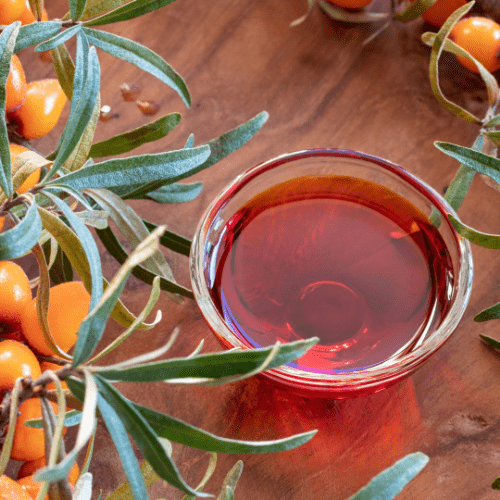Position
Choose a sunny location with full sun exposure for at least 6 hours daily. The tree will need enough space to grow, as it can spread wide.
Plant trees at least 3 to 5m apart and at the same depth as in the nursery bag.
Star fruit trees are self-pollinating, but having multiple trees nearby can improve fruit yield.
Living in a colder region, you can grow star fruit in large containers and bring them indoors in winter.
Choose a container with drainage holes large enough to accommodate the tree’s root system as it grows.
Soil
Star fruit trees prefer well-draining, slightly acidic soil with a pH between 5.5 and 7.0. Sandy loam or loamy soils are ideal. Before planting, add a bag of acid compost.
Watering
Keep the soil consistently moist, especially during dry periods. However, avoid overwatering, as the tree is sensitive to root rot. Deep watering is recommended to encourage deep root growth.
Mulching
Maintain moisture and suppress weeds with organic pine bark mulch. Pine Bark Mulch adds acidity to the soil.
Add a thick layer of pine bark mulch, keeping it about 20 to 30 centimetres away from the tree trunk (any closer may cause excess moisture and damage the trunk). This will retain the moisture in the soil and will prevent weeds from taking over.
Add magnesium (e.g., Epsom salts) if the leaves are yellow.
Fertilising
Apply 1 teaspoon every 4-5 months of our slow-release all-plant fertiliser. The roots will absorb what they need.
Pruning
Shape the tree promoting better air circulation and sunlight penetration. Trim any dead or damaged branches and remove excessive growth that may crowd the tree’s center.
Prune after the harvest season usually in late Autumn or early winter.
Pests and Diseases
Watch for aphids, mealybugs, scale insects, and caterpillars, which can damage the tree or fruit. Treat promptly or preferably use preventative measures by spraying with agricultural Neem Oil or Effective Microorganisms (EM Control)
Harvesting
Star fruit trees produce small, star-shaped flowers that grow in clusters. They bloom year-round, but the heaviest blooming is often in spring and summer.
It takes about 2 to 3 years to start bearing fruit.
The fruit should be harvested when it turns yellow and has a slight golden tint. The skin will also show a glossy appearance when ripe.
Gently twist or cut the fruit from the tree, leaving a small portion of the stem attached to the fruit.








